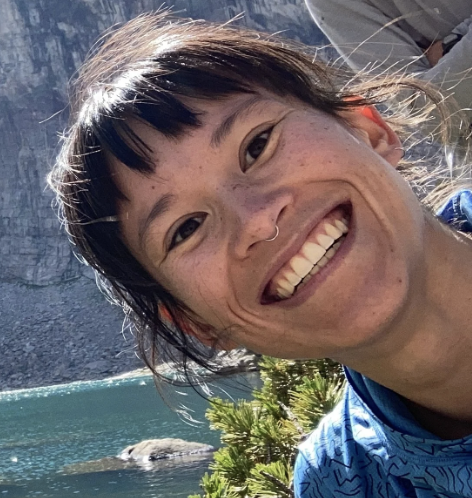I have always loved being outside, being in the mountains; however, my road since college had taken me from that lifestyle. In the past few years I made it a priority to bring it back to the forefront, which is why I was so excited to show my dad my New Hampshire playground.
Photo from Pixabay.
He turned 70 this year, had never really hiked on a trail, and 10 years ago learned how to walk again after a stroke. He has come a long way—he’s worked up to running every day—so I decided we should do a hike so I could show him why I am where I am. I picked the hike to Tuckerman Ravine because the trail is well maintained and one of the more popular hikes on Mount Washington.
We had plenty of time and were in no rush. I handed over my trekking poles. He’s used ski poles, he’s athletic and smart—no tutorial necessary.
Soon after we started, I noticed my dad struggling a bit on the uneven ground and rocks.
Oh my gosh, I didn’t think through this enough. He runs, but that’s on pavement. This is so not. I’m an idiot, I should have picked something flat and easy … or paved.
I switched to the leadership side of my brain—thanks to NOLS—and re-strategized the day.
I can guide him, he can follow my steps, we will both focus on finding the flat-ish rocks. I will point out potential hazards and provide verbal direction: what could be slippery, which rocks may be loose, be sure you are stable before moving on to the next step.
At another break, my dad casually mentioned his concern that going downhill may take him a long time. I could hear the worry in his voice. I absorbed that worry and responded in an encouraging but casual manner that going down looks different. He gave me a puzzled look.
OK, clearly I need to say more…
I added, “You will look for places to step, look for the flatter rocks and surfaces, that will form your path, and of course hiking with trekking poles is like four-wheel drive.”
At this same break I also decided that instead of hiking to the base of the ravine, we would pick a time to turn around. I’m not sure if he believed me, but I’d convinced myself he would get it.
I’m confident it will be easier than he thinks.
The time came to turn around. We were really, really close.
It’s OK, it’s been a great day.
I gave a quick tutorial with the trekking poles for downhill hiking. My dad wasn’t convinced, but after a few steps he was smitten. I could almost feel his worry and tension lifting.
Don’t stop thinking, stay focused, we still need to get there.
As I watched my dad execute my instructions, I couldn’t help but reflect. Ten years ago there was so much unknown. We didn’t know there would be weeks of in-patient rehab before he would even try to get in and out of a car. We didn’t know months of out-patient rehab would follow. We didn’t know how determined my father would prove to be.
My father was an athlete; he taught me to ski and swing a golf club. Now I am teaching him how to hike down a mountain.
When we arrived back in the parking lot all smiles, I could finally exhale. I never let go of my confidence—I knew I was prepared mentally and physically, I knew what I was doing, this was my backyard.
Of course I was worried—I wouldn’t be human if I wasn’t. But I was more confident in my skills and training. I altered my communication style as needed, assessed risk, checked our pace, and made the call about turning around.
I know that NOLS helped me help my dad, not just this day on the trail, but also 10 years ago and just about every day since.
I thought I was just showing my dad my new playground. It turned out to be so much more.
This article was originally published in the spring 2015 issue of our print publication, The Leader.
Written By
Brette Brickel
Brette Brickel took a British Columbia Wilderness course with NOLS in 1998.



